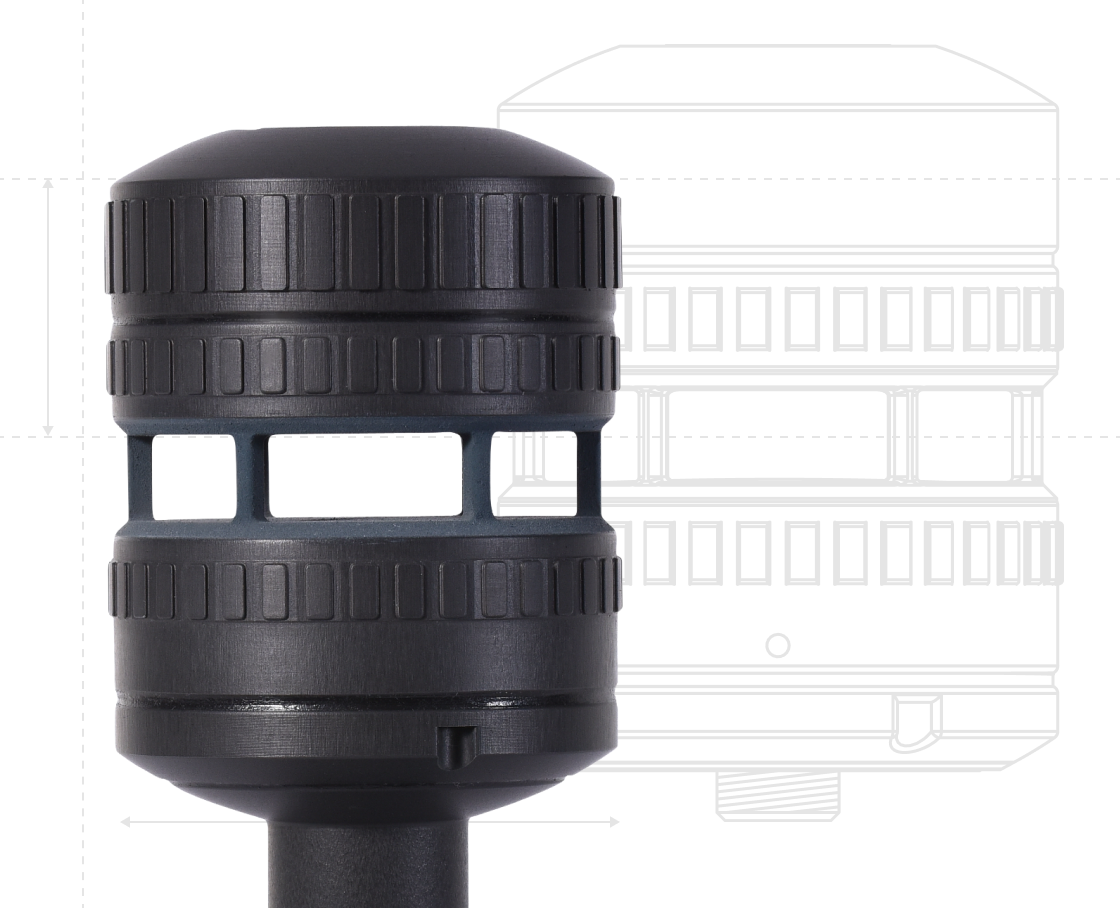Acu-Res® Technology
Acu-Res® sets FT wind sensors apart with industrial-grade performance in a compact form. Our technology enables you to gather precise, reliable data in more locations than ever before.
Acu-Res® sets FT wind sensors apart with industrial-grade performance in a compact form. Our technology enables you to gather precise, reliable data in more locations than ever before.



Temperature, pressure and humidity affect the speed of sound through air. FT wind sensors continuously monitor and validate signal quality, automatically adjusting to ensure consistent, accurate data output in all conditions.
Due in part to the high signal-to-noise ratio of the acoustic resonance measurement method, wind readings are unaffected by shocks and vibrations. This makes FT wind sensors ideal for use on moving or unstable platforms.
Acu-Res® is a solid-state technology with no moving parts to wear down or degrade. This means lower maintenance costs, no periodic calibration, and reliable data precisely when you need it.

FT Technologies designs and manufactures high performance wind sensors for industrial applications. With Acu-Res® technology, our sensors deliver precise wind speed measurements up to 90 m/s (175 kts).
Acu-Res® uses an ultrasonic wave resonated inside a small cavity. This sound wave gives a signal to noise ratio more than 40dB stronger than other ultrasonic technologies. This wind measurement method is unique to FT Technologies and makes our sensors more robust and reliable compared to alternative products on the market.

Controls the heater power to maintain ice-free operation

The Acu-Res® Environmental Protection System (EPS) has been designed to allow the sensor to work reliably under the most extreme conditions.
The EPS ensures high levels of availability by incorporating:

Acu-Res® was invented by our Executive Chairman, Dr. Savvas Kapartis. This innovative solid-state technology, which has no moving parts, is designed to precisely measure wind speed and direction.
Developed and refined over numerous iterations of our FT wind sensors, Acu-Res® continues to evolve as our Engineering team pushes the boundaries of what this cutting-edge technology can achieve.

FT7 Series wind sensors are the fit-and-forget solution for maintenance-free operation year-round, even in the harshest conditions.
.png?width=1120&height=908&name=Image%20(1).png)
FT6 Series wind sensors are designed for professional performance while minimising weight impact on the end user.